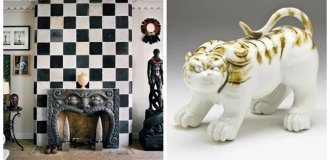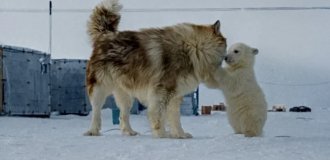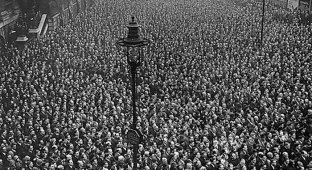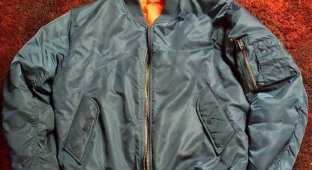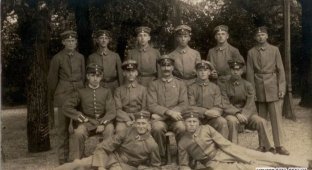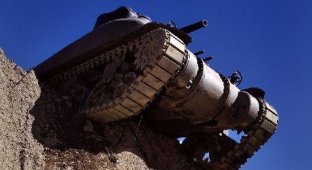Why did the soldiers prefer to walk in windings, and not in boots (4 photos)
This type of uniform can be seen in many photographs. not only the First, but also the Second World War. Soldiers almost to the knees were wrapped in what looked like bandages. 
Of course, they came up with these windings, or in other words, onuchi, not during the war. They appeared in the days of Ancient Rus'. Learn if come from Ozhegov's dictionary, were long wide strips of fabrics, which were wound around their feet before putting on bast shoes.
In the summer, onuchi generally perfectly replaced shoes, and so that the sole was tougher, it was smeared with tar. Windings well protected from bites insects and just damage, and women were helped to protect their calves from heavy skirt that hugs them. 
Shoe production developed, boots became much cheaper and onuchi ceased to be relevant. But at the beginning of the 20th century, the military I had to remember about this attribute of the peasants.
Due to constant military conflicts, boots have become extremely expensive. But short boots were in production cheaper, so the windings are back in fashion among soldiers from different countries. 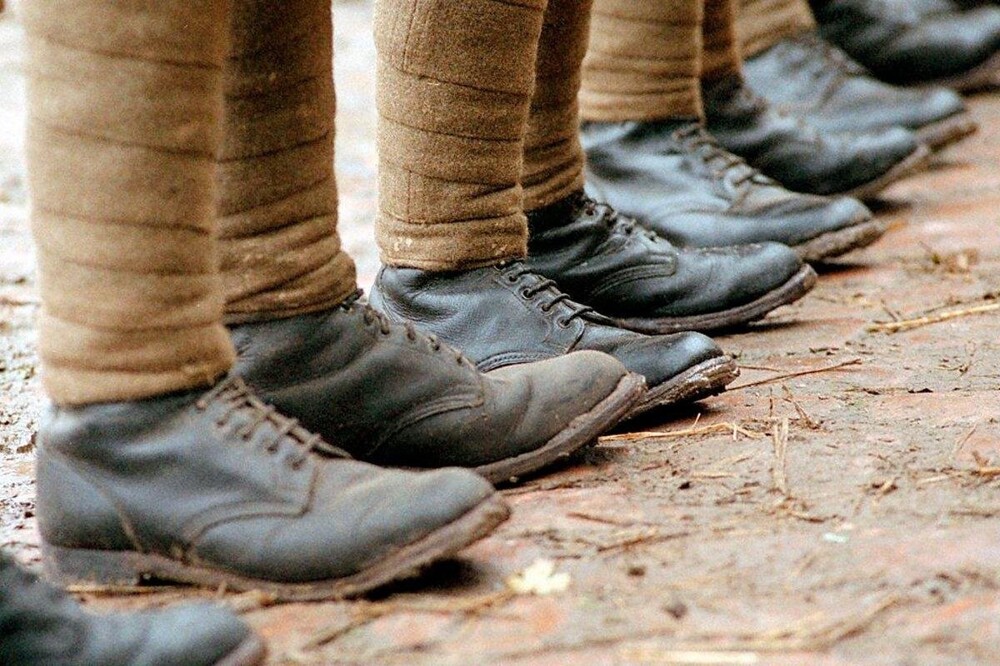
Windings replaced long boot tops and strips of fabric protected the legs from cuts, bites of various insects, cold and everything the rest. 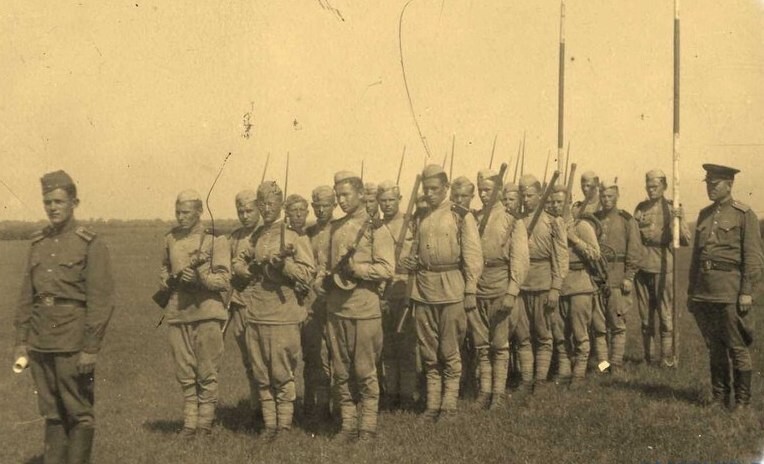
Oleg Smyslov, the author of the book Trench Truth of War, wrote that boots in combination with windings are much more comfortable on long marches, they it was just easier. Boots with clay stuck to them were often difficult to even just off the ground.







